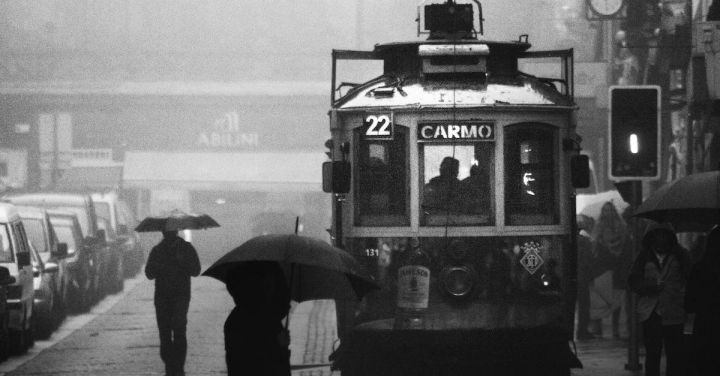In the ever-evolving landscape of warfare, one element remains constant – the need to move troops swiftly and efficiently. Troop transports, the modern-day chariots, have become vital to the success of military operations. These vehicles, designed specifically to transport soldiers and their equipment, have revolutionized the way wars are fought.
Gone are the days of marching on foot for miles, enduring fatigue and vulnerability. Troop transports have provided armies with the ability to quickly deploy and redeploy their forces, giving them a tactical advantage on the battlefield. These vehicles serve as the backbone of any military operation, ensuring the timely arrival of troops to their designated locations.
One of the most significant advancements in troop transport technology is the armored personnel carrier (APC). These robust vehicles offer protection to soldiers while transporting them into hostile territories. With their armor plating and reinforced structure, APCs provide a shield against enemy fire, safeguarding the lives of the soldiers within. The ability to traverse rugged terrain and navigate hostile environments makes APCs an indispensable asset in modern warfare.
Another essential troop transport vehicle is the helicopter. These flying machines have revolutionized the way troops are transported. With their ability to land virtually anywhere, helicopters have eliminated the need for ground-based infrastructure. They can swiftly insert or extract troops from the heart of the battlefield, making them a versatile and dynamic asset. Furthermore, helicopters provide a bird’s-eye view of the battlefield, enabling commanders to make informed decisions based on real-time information.
Naval vessels also play a crucial role in troop transportation. Amphibious assault ships, such as aircraft carriers and landing platform docks, are capable of transporting large numbers of troops and their equipment across vast distances. These floating fortresses serve as mobile bases, providing a complete logistical support system for troops on the move. With their ability to launch amphibious assaults from the sea, these ships allow for strategic flexibility in military operations.
In recent years, unmanned aerial vehicles (UAVs) have emerged as an innovative solution for troop transportation. These drones, equipped with autonomous flight capabilities, can transport soldiers and supplies without risking human lives. In addition to their transport capabilities, UAVs can also provide real-time intelligence and surveillance, enhancing situational awareness on the battlefield.
Troop transports have not only improved the efficiency of military operations but have also revolutionized humanitarian efforts. In times of crisis or natural disasters, these vehicles become instrumental in delivering aid to affected regions. Whether it is providing medical assistance, food, or shelter, troop transports ensure that help reaches those in need promptly.
As technology continues to advance, the future of troop transports holds even more promising possibilities. Concepts such as autonomous vehicles and vertical takeoff and landing aircraft are being explored, aiming to further increase the speed and efficiency of troop transportation.
In conclusion, troop transports have become the chariots of modern wars, revolutionizing the way troops are moved and deployed. From armored personnel carriers to helicopters, naval vessels, and unmanned aerial vehicles, these vehicles have played a vital role in shaping the outcome of military operations. With their ability to swiftly transport troops and provide logistical support, troop transports have become indispensable assets in the arsenal of any modern military. As technology advances, the future of troop transports holds endless possibilities, ensuring that the movement of troops remains as efficient and effective as ever.
